Family Crests in Japan
One aspect that foreigners often find intriguing or exciting about Japanese families is their unique family crests. Unlike in Europe, where only a small percentage of families possess crests (typically reserved for aristocratic or noble families), in Japan, every family has its own family crest. Families pass down their crest through the generations, and even today, it is common on kimonos.
Origin of Family Crests
The tradition of using family crests dates back to the Heian period. During that time, aristocrats traveled in ox carts, and the purpose of these crests was to help identify one’s cart more easily or to quickly convey one’s identity to others as they passed by.
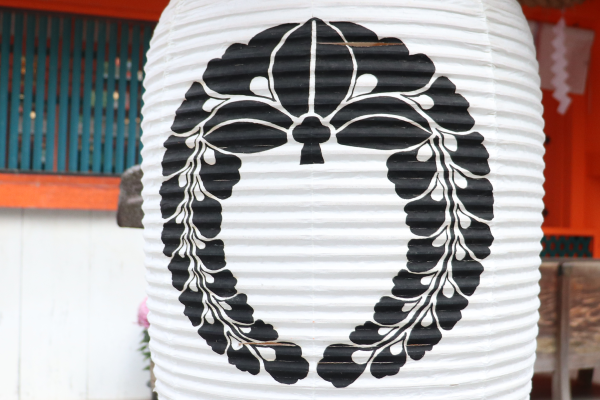
Family crests became common among samurai during the Kamakura period. They were particularly useful for quickly recognizing allies and enemies on the battlefield. While aristocrats typically had family crests with elaborate designs, the crests of warriors were kept simple so they could be easily identified from a distance.
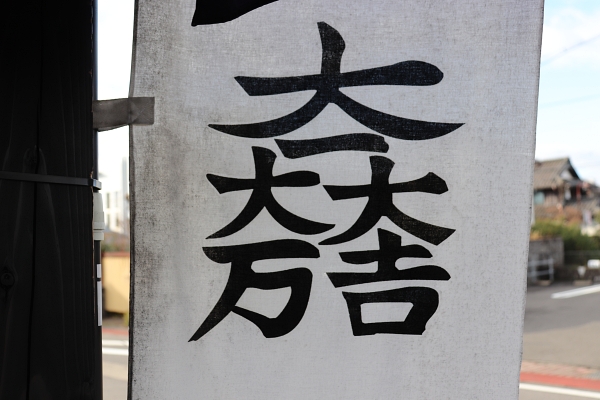
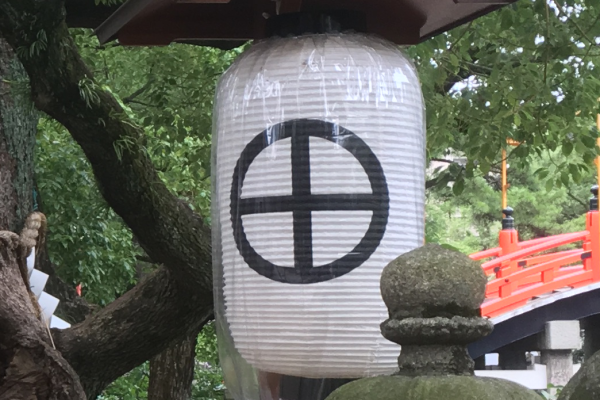
In the Edo period, family crests spread to the commoners. Since common people could not have surnames, family crests helped officials distinguish different families. Also, there seemed to be few restrictions on the use of family crests, and people were relatively free to choose their own.
In the 19th century, people began to wear kimono with their family crests as formal attire. Even now in Japan, the best formal attire for a kimono is a hakama with five crests: back, left and right sleeves, and on the chest. However, the number of people who wear hakama, let alone own one, has decreased considerably.
Kinds of Family Crests
In fact, there are so many types of family crests in Japan; there are about as many as 5,000 varieties. If we include subtle differences such as whether or not there is a circle around it, the number is said to be about 20,000.
The motifs can be animals, plants, structures, and many other things. One thing that is uniquely Japanese is that there are almost no strong animals such as dragons or horses, but good-luck animals such as turtles, cranes, and rabbits.
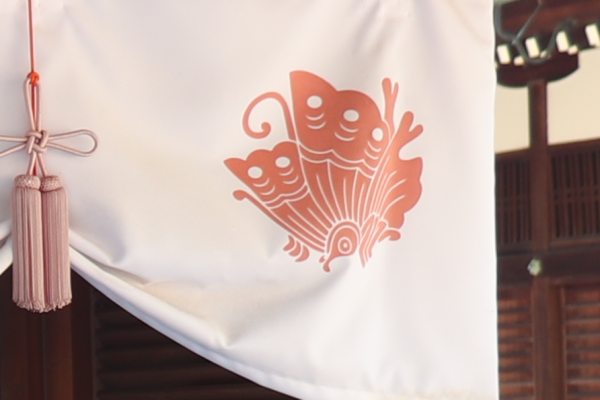
Plant motifs are particularly common in Japanese art and design, likely because agriculture has been a significant part of Japanese life for a long time. Large flowers, such as peonies and plum blossoms, are frequently used as motifs. Additionally, smaller flowers like dogtooth violets are also popular.
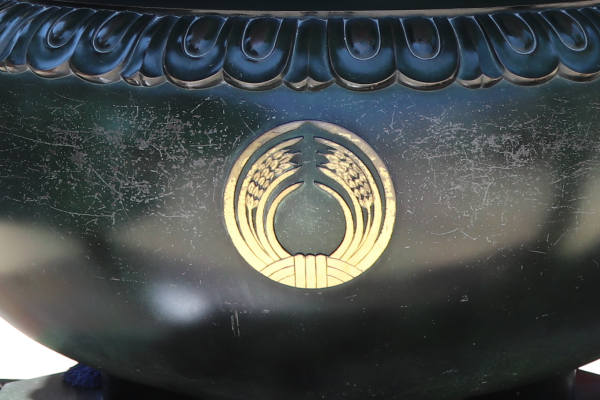
Other common motifs include the moon and various elements of nature, as well as buildings, cars, fans, and umbrellas.
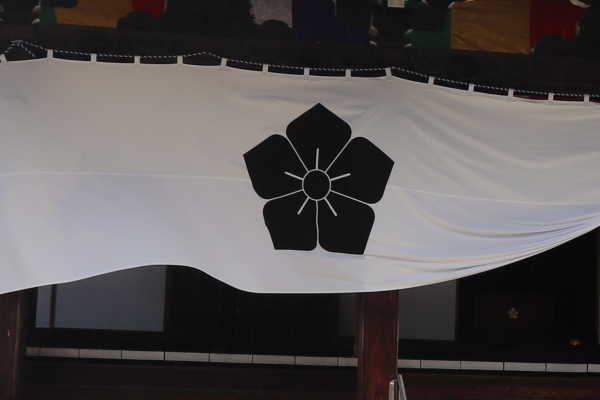
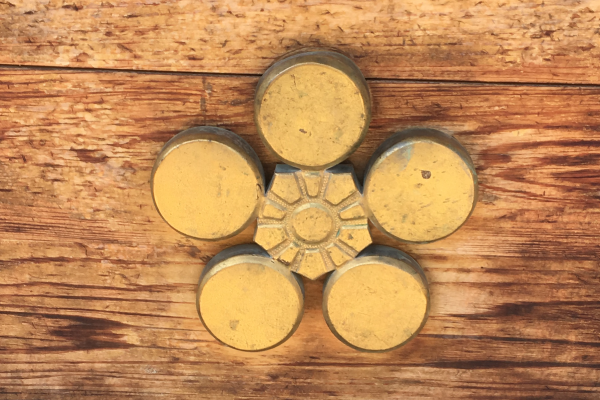
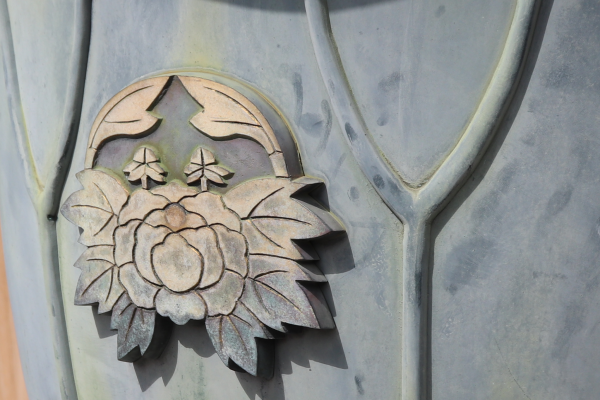
Temples and shrines have their own unique crests, known as temple crests and shrine crests, similar to family crests. Many of these crests share designs that resemble family crests. In certain instances, the crest of a deity is influenced by the specific deity of a certain shrine, while some temples and shrines use motifs that represent their unique identity or characteristics.
Important and Famous Family Crests
Some family crests are particularly significant.
Kikumon (the Chrysanthemum Seal)
The chrysanthemum family crest, or chrysanthemum seal, represents the imperial family. Emperor Godaigo, who was fond of chrysanthemums, is credited with creating the seal, which he used to embellish his personal items and furniture.
Historically, only the imperial family could use the crest. Today, no law prohibits its use, but no one actually uses it! The chrysanthemum crest serves as a national emblem of Japan and appears on Japanese passports.
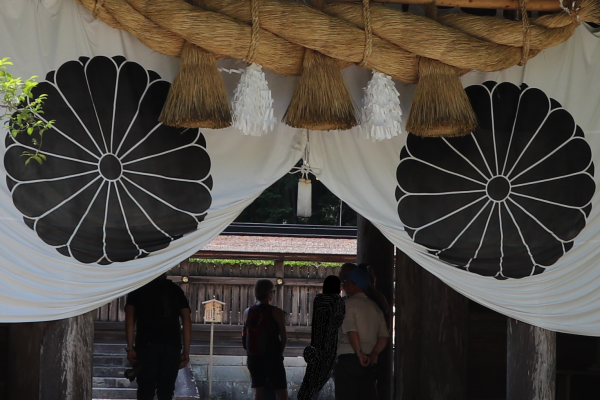
Kirimon (the Paulownia Seal)
The princess tree figures prominently in Chinese legend as the mythical tree from which the phoenix descends. This connection explains why the princess tree family crest serves as a secondary emblem alongside the chrysanthemum crest of the imperial family.
Emperors bestowed the princess tree family crest to warriors with great contributions, such as the Ashikaga family and Oda Nobunaga. Since Nobunaga gave it to Hideyoshi, today, it is the family crest of the Toyotomi family.
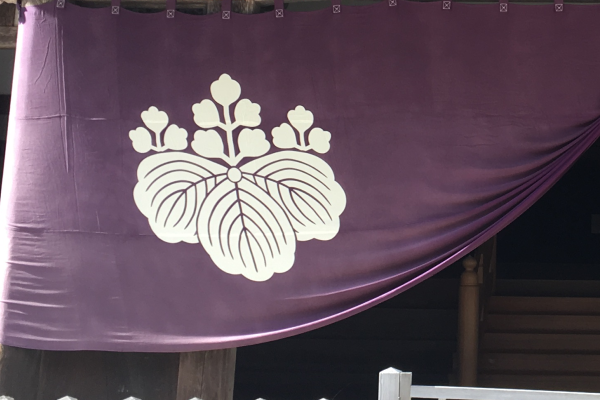
When you pay close attention, you’ll see the flowers arranged in a 3-5-3 pattern from left to right, known as “gozan-no-kiri” (five-three princess tree). In other versions of the princess tree family crests, the flowers follow a 5-7-5 arrangement, called “goshichi-no-kiri” (five-seven princess tree). Hideyoshi chose the latter design, which the current Japanese government also uses as its official crest.
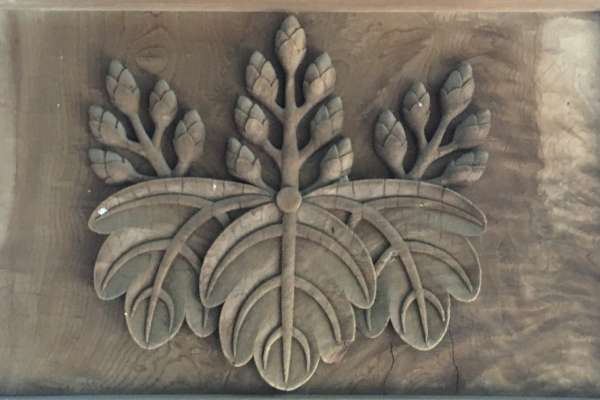
Aoimon (the Hollyhock Seal)
The three-leaf hollyhock is the crest of the Tokugawa family. Originally, it was the crest of Kamo Shrine in Kyoto, as the hollyhock is a sacred plant at Kamo Shrine. That being said, it is not certain why Ieyasu chose the hollyhock for his personal crest.
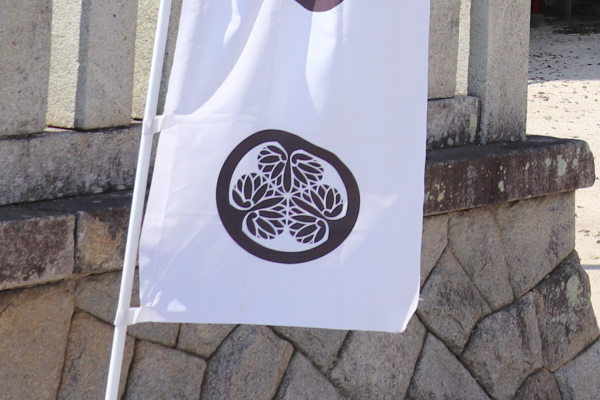
The government strictly limited the use of the Hollyhock seals, the seal of the Tokugawa family, during the Edo period.
Want your own Family Crest?
Japan boasts a rich variety of family crests, or kamon, but in urban areas, these symbols are not common. Many families living in cities have even forgotten which family crest they have. This can create challenges when making a kimono or even during funerals. However, because families do not often use them and the government does not officially register family crests, in these occasions, individuals can select a new crest on the spot.
If you visit Japan and wish to have a kamon, you are free to choose one for yourself!
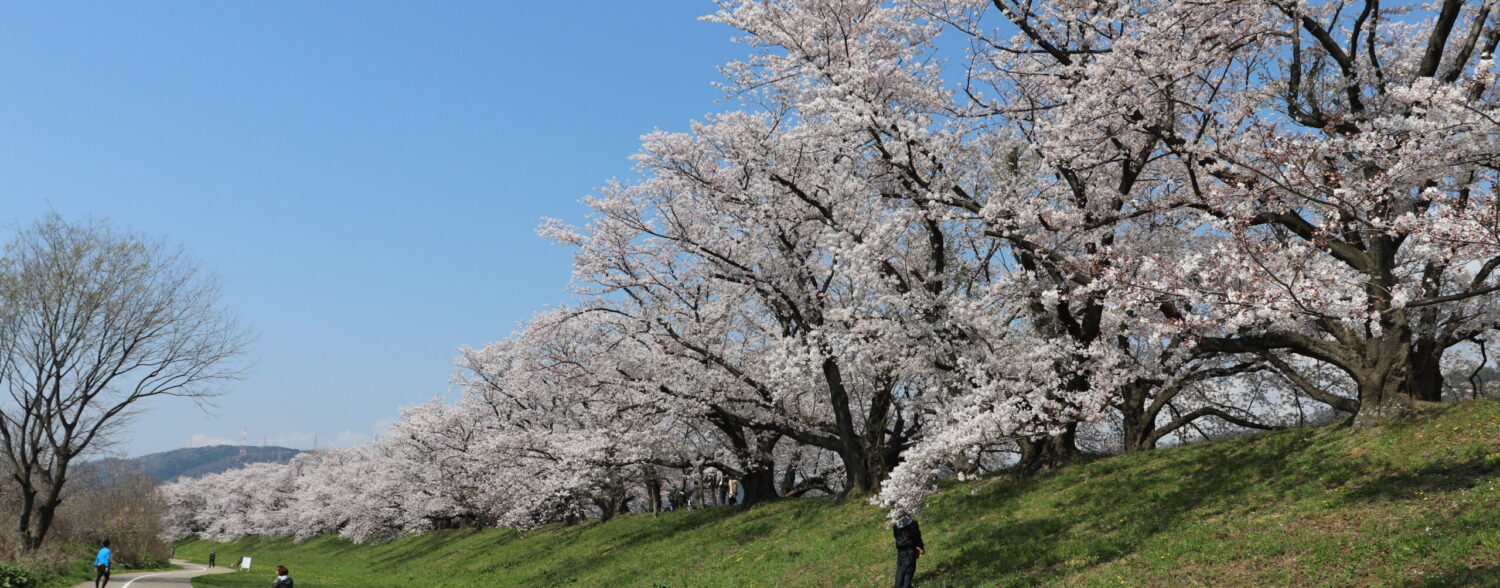
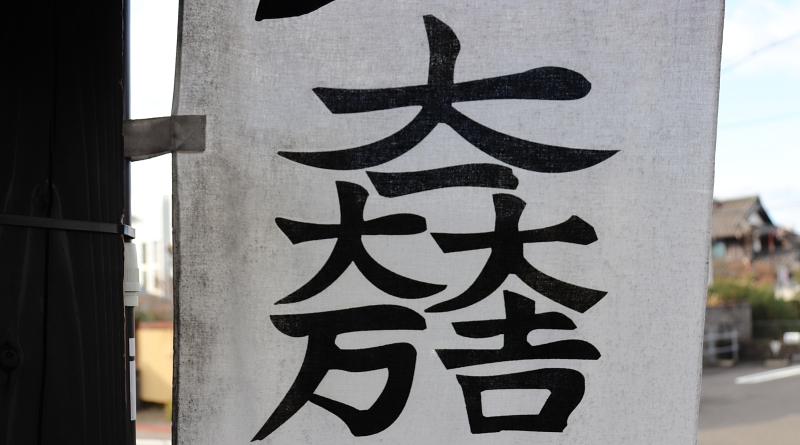
Leave a Reply